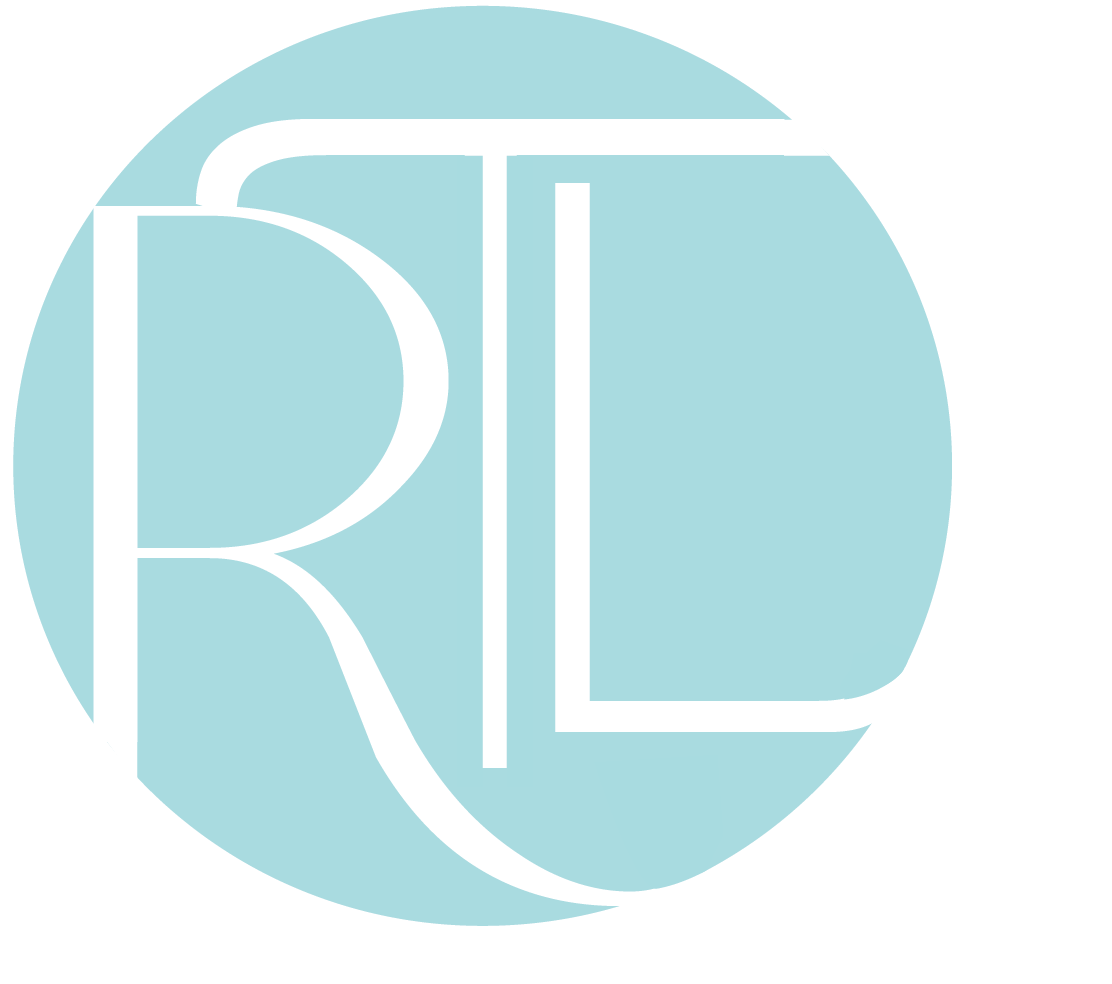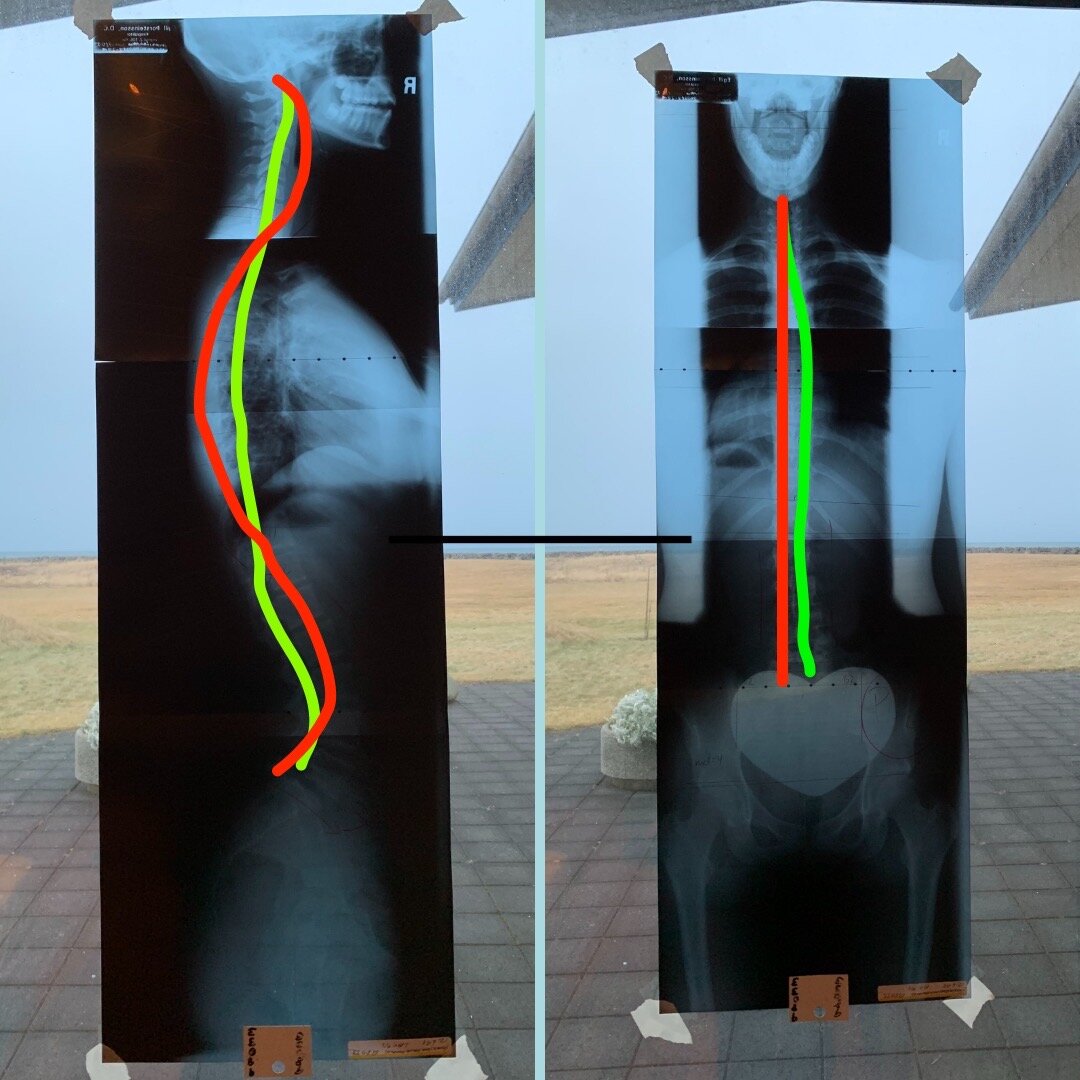New Year - New Look At Posture by G
Farewell and goodbye to a crazy 2020! We are excited for the potential that 2021 brings. This New Year may be far from normal but I bet a lot of you have still set intentions, resolutions and goals as usual. I, myself, have been reflecting on my priorities, as well as those of my clients. When I take stock I realize there is one goal that comes from clients repeatedly; they would all like to have better posture.
A BIT ABOUT POSTURE
Many of my clients tell me they want to improve their posture. They have been battling aches, pains or injuries, and they are convinced that better posture is the solution. The problem is that what we colloquially consider good posture - standing tall, wide open shoulders, and looking presentable - isn’t necessarily the most functional way of carrying our bodies. Far from it.
Gudbjorg at 14 - During the year of back brace and intense back pain
I was always told I had very good posture. If you were to ask anyone that knew me as a young teenager what my posture was like, they would tell you it was impeccable, I stood tall with open shoulders, and looked every bit like someone who was a serious ballet student. At the time, I had just grown to about the same height as my mother but everyone was convinced I was quite a bit taller. Once they realized I wasn’t they would exclaim, “Well, it’s because your posture is so darn good so you just look taller!” But that was exactly my problem. My posture was too “good”. In reality I was in constant pain. I recently came across X-rays that were taken of my spine when I was 15. As soon as I looked at them I thought ‘Of course I was in pain! My spine is totally straight!’ That is exactly why I spent the year prior to the X-rays being taken in a back brace and going through periods of barely being able to walk to school.
X-rays that were taken in June, 1998 - The red line traces what a normal, healthy spine should look like, yellow line traces Gudbjorg’s spine at the time (age 16)
Part of the problem is that most of us consider posture as something that is static. In reality, our posture is a living, breathing thing. And it moves with us to support our movement through life. As I looked through photos to attach to this post I came across one that was taken the summer after I turned 16 (about 3 months after the X rays were taken). It’s a photo where I’m “hugging” a bear statue and I realized my spine looked to be incapable of doing the smallest side bend. Instead I was leaning sideways from my hips and just had a bend in my neck. My “good posture” meant my spine was incessantly straight and had sections that were completely immobile. As a result I moved through life with rigidity and tension and in a great deal of pain.
THE CURVES ARE REALLY IMPORTANT
It turns out the curves of the spine are REALLY important. The hood of a car is designed to fold on impact in order to absorb as much of the energy of the shock as possible and protect its passengers (this blew my mind when I found this out as a child - why would you design the car to get destroyed in a crash?!). Just like a car’s hood, the spine is designed to have curves and movable parts at every single section in order to absorb the shock created by the mere fact that we walk upright. It’s quite elegant how the curves weave forward and backward to not only absorb shock but perfectly balance the weight of the pelvis, rib cage and head. If you start to consciously straighten the spine you end up with two problems. One has to do with less effective movement, and the other has to do with additional tension patterns.
So today I want to give you a couple of thoughts about posture and how our perceptions often hurt us.
1) Less Efficient Movement
G during the summer of 1998 - Notice the lean and stiffness in torso!



